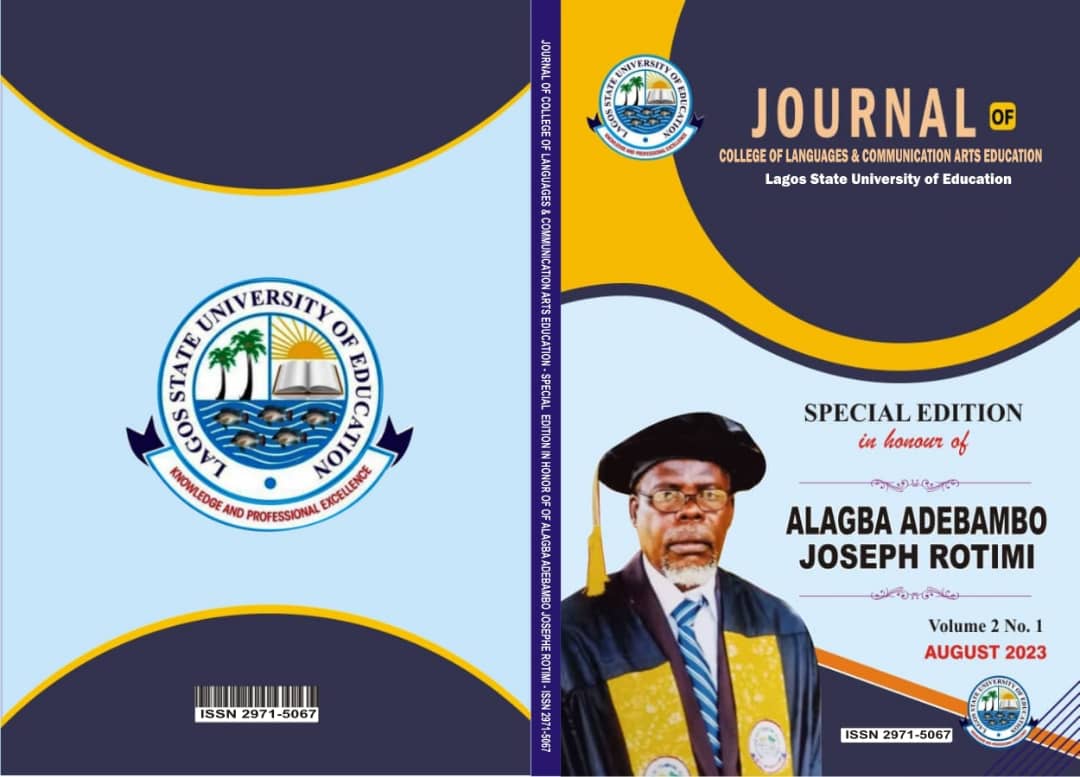THE THINK TANK MODEL AND ITS APPLICATION IN PHONOLOGY
DOI:
https://doi.org/10.5281/zenodo.8307111Keywords:
Think Tank, Acquisition, English L2, Optimality Theory, PhonologyAbstract
One of the bilingual theories that is relevant to cognitive processes in language contact is the Think Tank theory. This theory has as its fundamental claim that L1 and L2 reside in the same language faculty with one not interfering on the growth and acquisition of the other. This study examines the theory in detail and makes a practical application of its major principle(s) to core language aspect- phonology. The paper argues that contrary to the claims of Think Tank, both L1 and L2 have separate phonological conventions; and that quite on the contrary, L1 influences greatly the acquisition of L2 and on the bilingual’s phonological competence. Therefore, a pronunciation test on 10 common words was administered to a group of 10 students who have English as their L2 and Yoruba as their L1. The 10 students have the following age distributions, with respect to when they were fully exposed to English basics as L2 (0–4, 5–9). The result was formalised within Optimality Theory (OT). The study found that the theory violates the highly ranked constraints in Yoruba L1 such as MAX (map input into output), *VOICEFRIC (voice fricatives are barred), IDENT (no deletion). The study concludes that the Think Tank applies only in children whose acquisition of English as L2 falls within 0-4 years. Therefore, any further stretch of the theory beyond that limit may be counter-productive.

Downloads
Published
How to Cite
Issue
Section
License
Copyright (c) 2023 Journal of College of Languages and Communication Arts Education

This work is licensed under a Creative Commons Attribution 4.0 International License.

